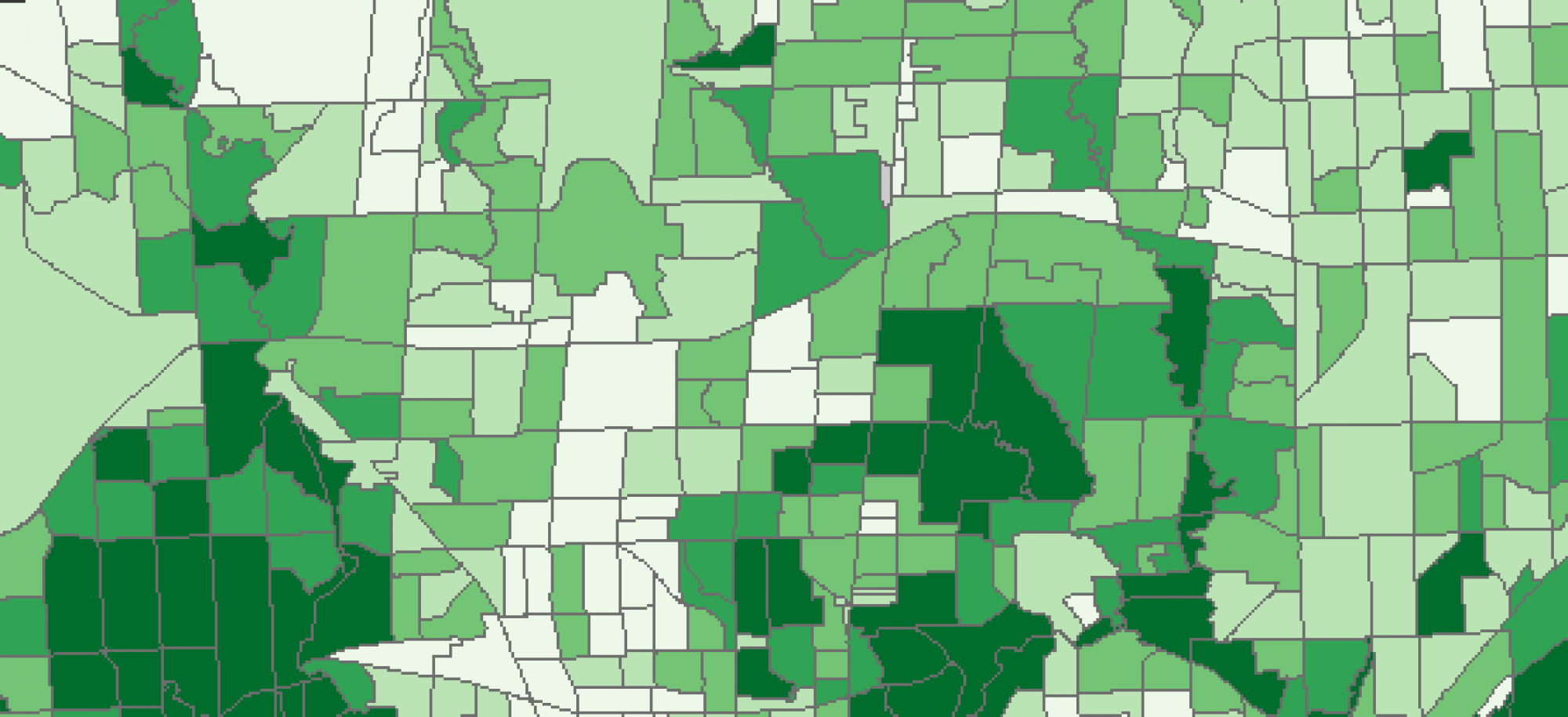This is the first of a series of posts that summarize important information from lectures for the course GEOB 479: GIScience in Research.
Geographic Information Systems (GIS) are systems that are designed to manage and use spatial data in a variety of ways. GIS can capture, manipulate, or store data for use in analysis and presentation allowing us to visualize and model the spatial components of data. Of course, the development and use of GIS is deeply rooted in theory which is referred to as GIScience. GIScience is concerned with a variety of subjects like developing conceptual models which can then be used to represent the real world or pondering issues around the ethics of representation. Ultimately, it’s developments in GIScience that mold the GISystems that we use.
Every observable process or phenomenon happens somewhere. Indicating that to some degree or another, geography is inextricably linked to everything. GIS allow us to look at these processes within their spatial context, enabling us to begin to ask, and answer, geographic questions associated with spatial location, association, interaction, pattern, change, etc. In this course there will be a focus on three fields within which we will learn about the role of geography in each, as well as how GIS is used to approach questions with a geographic perspective. These fields include: landscape ecology, health geography and crime analysis.
The study of ecology looks into the relationships between biotic organisms and their abiotic environments. Landscape ecology specifically focuses on the landscape structure of a place and seeks to understand how that structure would affect the distribution or abundance of organisms ex. How does the fragmentation of a landscape affect the distribution or mobility of deer?
Health geography is interested in the role of place, space and community in shaping health outcomes and healthcare delivery of different populations. There are three main themes present within the field, these include: disease ecology (study of infectious disease), health care delivery and environment and health. The field as a whole seeks to find links between the quantifiable or observable aspects of illness and the socio-economic factor relating to a given population ex. Why does population X have a significantly higher rate of heart disease than population Y? what factors in the environment or society may lead to this phenomenon?
Crime analysis in general seeks to analyze the patterns and distribution of crime incidents in order to both understand different types of crime/criminals and assist law enforcement agencies. Crime geography is interested in factors of crime such as the time and location of incidents in relation to features of the place like its population density, socio-economic factors etc.
These are the three fields which will be explored, using GIS and other software applications such as Fragstats, Crimestat, etc., in this course over the next few weeks and subsequently written about in this blog.
